
Blog
Stories from my personal journey learning about and delivering Nature-rooted programs across three different countries
Integrating Forest School into a Public School Day
Caylin (Forest Schooled)
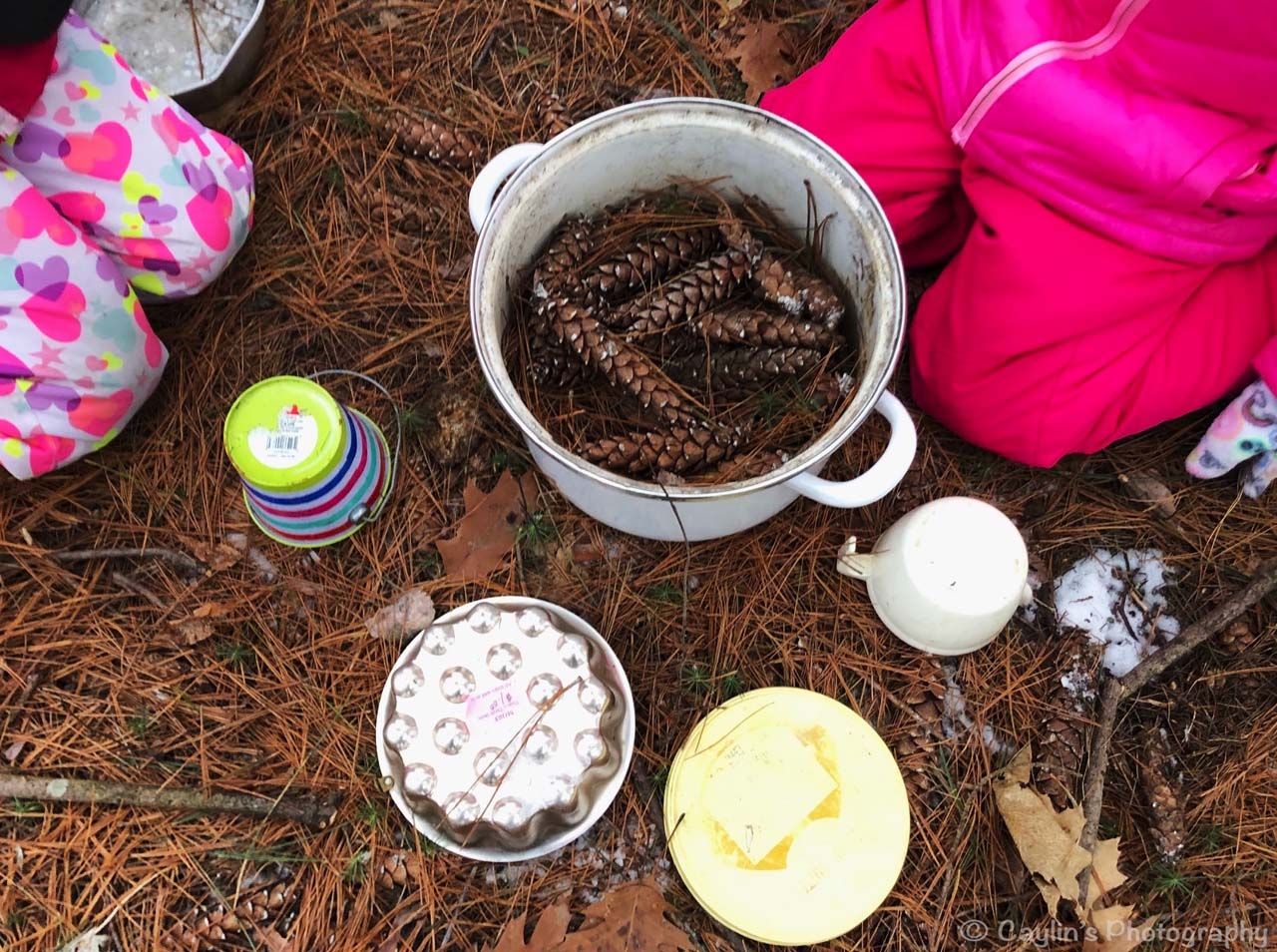
Empty space, drag to resize
In the Starting a Forest School Program from Scratch series I described the steps I took to get a couple of programmes up and running in my area. It involved partnering with a local nonprofit to run a weekend programme as well as partnering with a local public school to start an after-school programme. Both programmes were and continue to be wonderful and both also require external funding (from parents) in order for the children to take part. This highlights some of the issues inherent in this work around access, equity, and inclusion that need to be addressed.
While running these programmes I also came to know a handful of public school teachers who were passionate about outdoor learning and play, saw the value, yet felt there were too many barriers to overcome in order to take their classes outside during the school day. So, a new partnership began in which three public school kindergarten teachers and two environmental/outdoor educators (me and a colleague) initiated a project to start taking each kindergarten class outside at least one morning per week. It took weeks of planning, many volunteer hours, and a few setbacks to get going, but we’ve managed to pull it off!
Barriers to outdoor play are real and pervasive in the public education system in many Western countries, where there is often a perception that “academic achievement” is more important than, and incompatible with, “play.” So, it’s no easy feat to integrate the ethos of “Forest School” into these settings, and actually, some may argue about whether it’s possible at all. However, for the purposes of this story, I thought I’d share some of the ways we tackled (and continue to tackle!) particular barriers to enable a “Forest School” inspired programme to be integrated into a public school day for three Kindergarten classes in New Hampshire, USA.
It’s worth mentioning that we have done this without any funding and my colleague and I offered to help the teachers as volunteers. We are both graduate students who have internship requirements that such a partnership can fulfil, and we are donating our time in exchange for an educational experience. This is a luxury we acknowledge not everyone has and it’s also a strength of our particular situation that is worth noting.
Finding a Suitable Location
Though the school is situated in a city, we are lucky to have access to an area with planted trees at the back of the school’s property. It’s not the most biodiverse area and it’s fully open to the public, but it’s still a great space. Additionally, the school is located next to a city park with further forested areas and campgrounds. We identified both the school grounds and the city park as two potential spaces to run the programme because of their location within walking distance of the school. So far, we’ve been using the area on school property and our aim is to travel further to visit the park in the future.
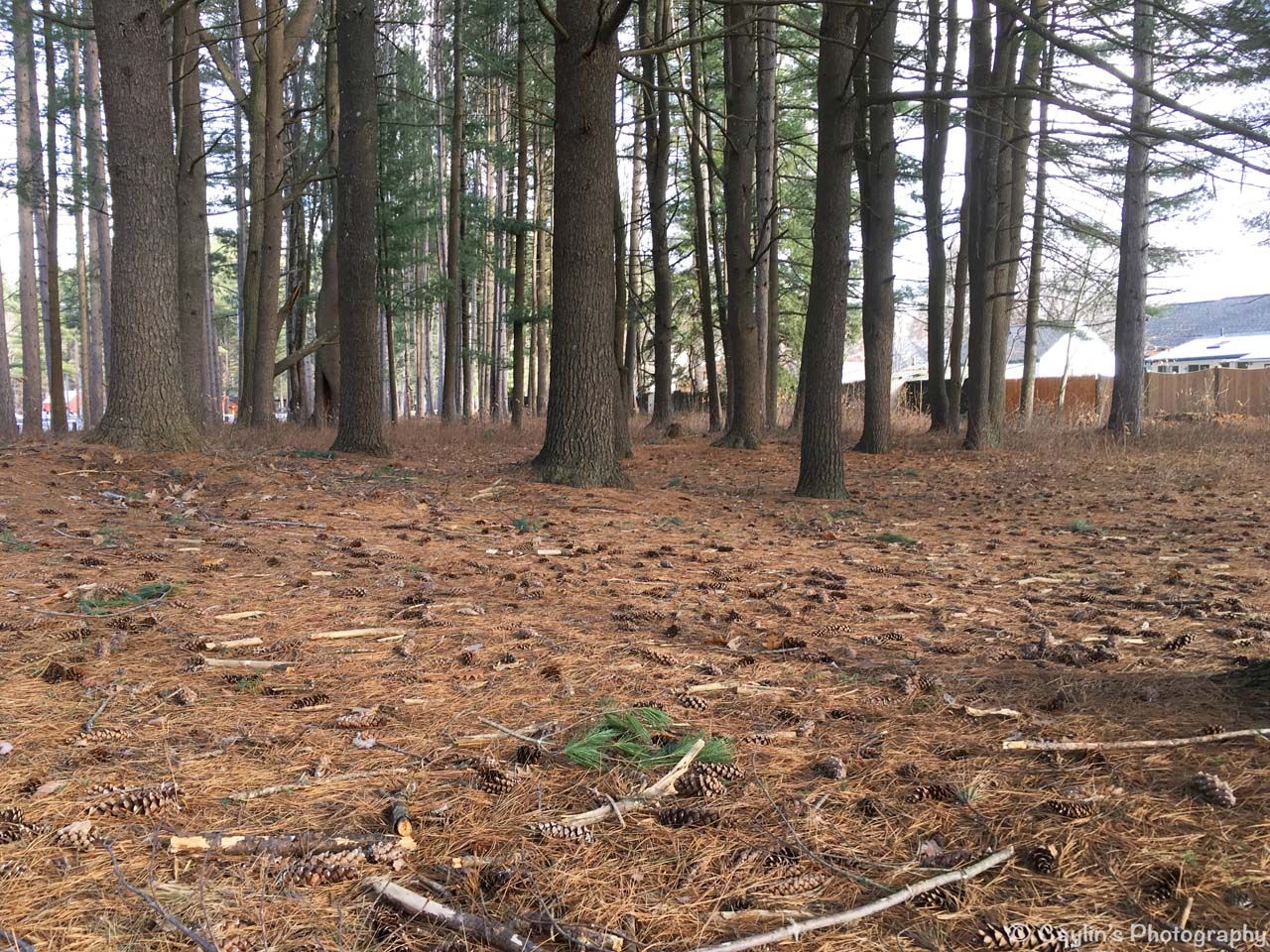
Building Support
For the most part, we followed the same steps outlined in the Starting a Forest School Program from Scratch series by first writing a programme proposal that was circulated to the teachers and school principal for approval. We were lucky it wasn’t a hard sell as the teachers were already on board and the school principal was supportive too. We also met with the school’s Director of Building Maintenance & Grounds to inspect the site on the school’s property and discuss its suitability for such a programme. He was also supportive and scheduled some tree maintenance for us in order to take out a few dead trees that were a liability. We requested the fallen trees be left as balancing logs for the children and he willingly obliged. Additionally, we contacted the City Parks & Recreation Department about visiting the city park and the local Fire Department about the potential to have fires. Both Departments were willing to support the programme and gave us further direction on rules around using the space and how to obtain permits for fires.
We then worked collaboratively with the teachers on creating a Programme Handbook which included Policies & Procedures, Risk Benefit Assessments, and Ecological Impact Assessments. This helped ensure we were all on the same page about the broader purposes as well as finer details of the programme. It also allowed us to discuss how we would handle certain situations, like what to do if a child needed to use the bathroom while we’re out, how we all feel about risky play, and strategies for helping children regulate their own behaviour in an outdoor space without walls. These discussions were vital for us to understand where on a spectrum of perceptions and values we all are and acknowledge we are each in different places, and that’s ok! It was helpful to do this first before going outside with the kids.
The teachers also began discussing the programme with their paraeducators, one-to-one support staff, the children, and parents, by introducing it in meetings, class discussions, and weekly newsletters. This culminated with the creation of a Parent Handbook, which was a condensed version of our policies and procedures document, as well as a consent form that parents signed acknowledging they understood the risks and benefits of the programme and were consenting to their child taking part. The teachers began this process of communication several weeks before we started, which gave time for everyone to bring up any questions or concerns.
My colleague and I even visited the kindergarteners in the classroom for a morning for two consecutive weeks in order to meet the staff and children and learn about their daily routines before taking the class outside. The reaction from everyone was very positive, and we all started to get very excited to actually get out there. We even managed to recruit a few parent volunteers to help out each week!
Clothing & Gear
We felt that as a programme in a public school it would be best not to depend solely on parents to provide children with the appropriate outdoor clothing needed for outdoor play experiences. Outdoor clothing is expensive and therefore it would be inequitable to request parents provide it. Instead we’ve relied on our own resourcefulness to accumulate a variety of different items that can be borrowed by children when needed. This has involved soliciting donations as well as scouring thrift stores in which we’ve purchased items with our own money. Additionally, one inspired paraeducator made neck warmers for the children out of unused fleece she had around her house!
In an ideal world, we would have obtained funding for clothing (we did apply for a grant, but unfortunately were unsuccessful). However, despite lack of money we have still managed to acquire at a least the bare minimum of what we need to make the programme happen. We’re now able to have everyone appropriately dressed for cold and snow! We’re still working on getting enough waterproofs so that we can go out in the rain, so this will continue to be a work in progress.
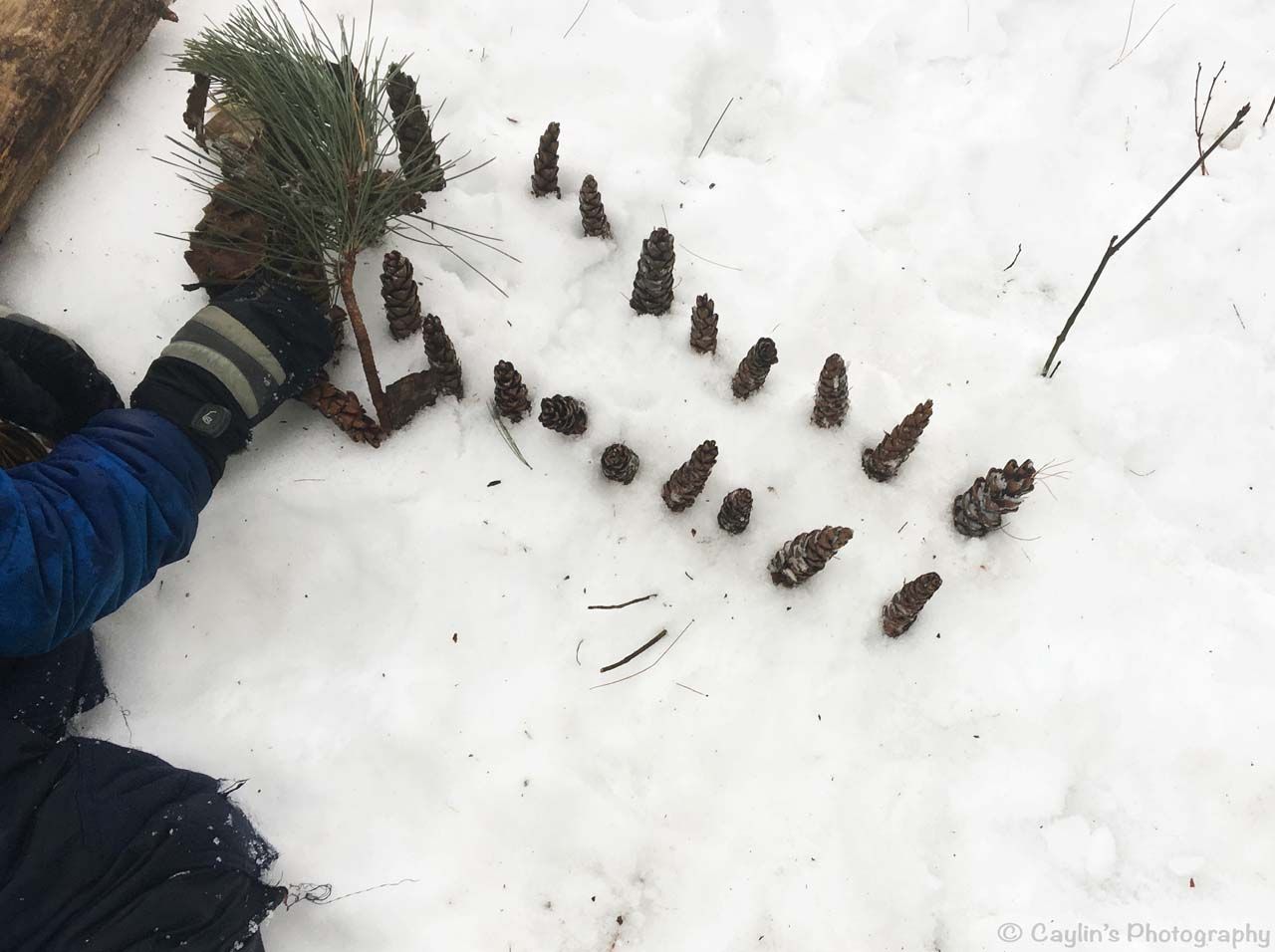
As a partnership, we have also sourced certain resources for us to use while we’re outside, some of which my colleague and I have provided. We try to keep items to a minimum for easier transport and set up. The goal is for the teachers to eventually take on the running of the programme themselves without external help, so we need to create something that is as sustainable as possible. So far, we have provided a tarp, paracord (for tying up a tarp and marking boundaries), a rope, some old kitchen pots and pans for mud/snow play, and some identification guides. The teachers were able to source old yoga mats we cut up to use for seating. Since we’re visiting a site that’s open to the public we’re unable to create more permanent seating, so the mats work great for us.
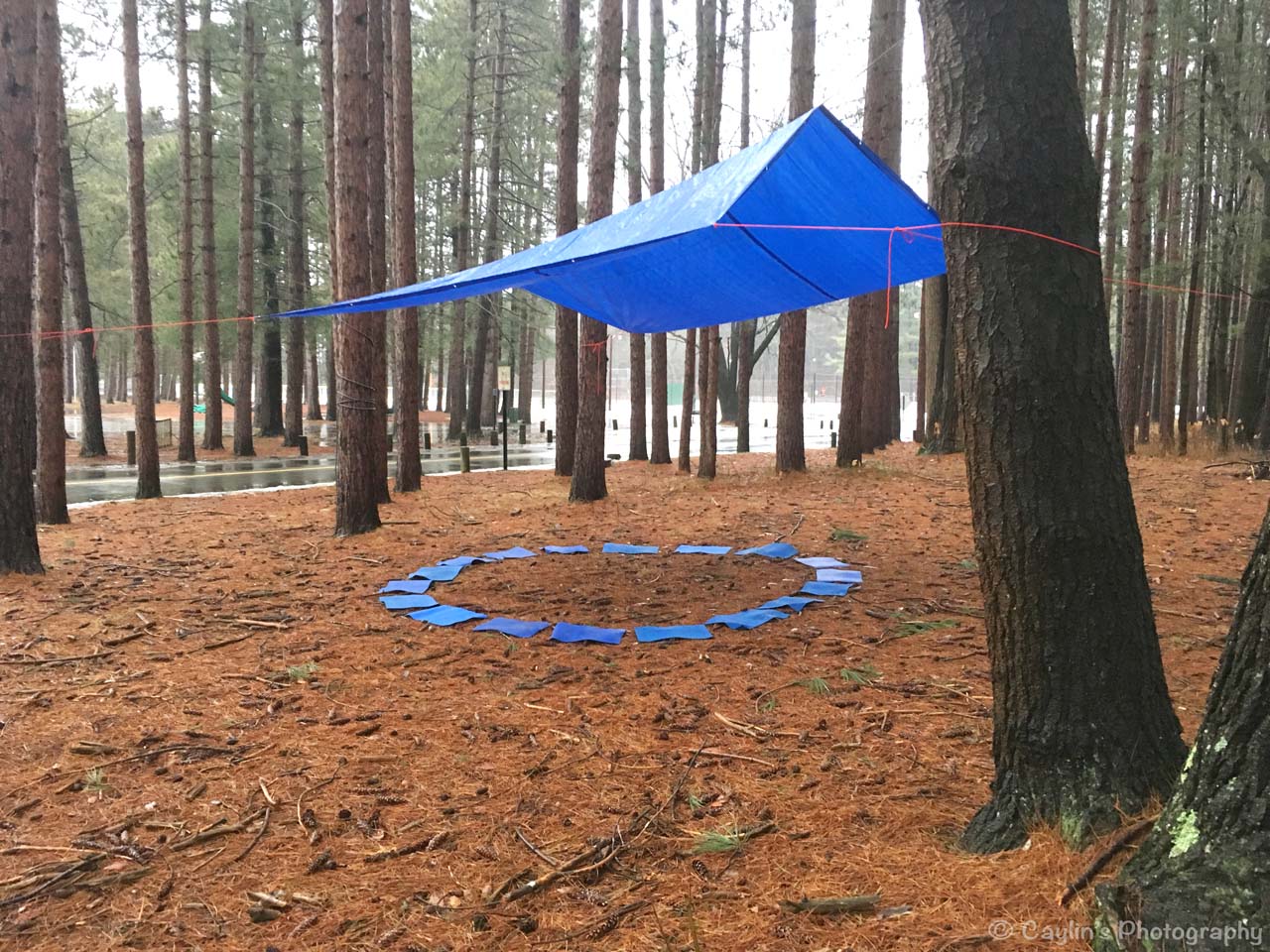
We will probably need to seek some funding to purchase the resources that my colleague and I are currently providing for when we’re no longer involved and I’m positive that we will find a means to do so. We may be able to source them at minimal cost through thrift stores or even obtain them through donation. It certainly takes some creativity and community outreach, but it’s not impossible!
Finding Time in Busy School Schedules
Despite the eagerness of the teachers to initiate this type of programme, we found it quite challenging to figure out when to do it. Between literacy requirements, interventions, and specials there were very few gaps available in the schedule to take the children outside. The teachers had to be creative in how they arranged their time in order to make it feasible to visit the forest. To start with, we’ve managed to utilize a 1.5 hour gap in the morning for each class to go outside once a week. To be honest, this is not enough time. The children only just get settled in their play when it’s time to call everyone back to go in! However, it is something and at this point something is better than nothing. As the programme develops, creating more time in the schedule is an area we can work on.
Delivering the Curriculum & Meeting Standards
It’s hard for me to put “curriculum” and “Forest School” in the same sentence as the pressure to deliver “curriculum standards” can sometimes degrade what Forest School advocates for – providing the opportunity, time, and space for learners to follow their own interests and delve deep into play. However, schools are required to meet standards and so this is not something I can ignore! And in some regions, the ability to offer play opportunities as “curriculum” is improving. For example, as of August 2018, the New Hampshire Department of Education announced a policy that kindergarten provision shall be play-based as opposed to the former model of “rigorous structure” and “heavy curriculum.” (Edelblut, 2018). This shift has created space and permission for the teachers we’re working with to include outdoor play during the school day as part of the curriculum.
This is truly significant! It is a statement to how our educational policies really determine our practices.
This is truly significant! It is a statement to how our educational policies really determine our practices.
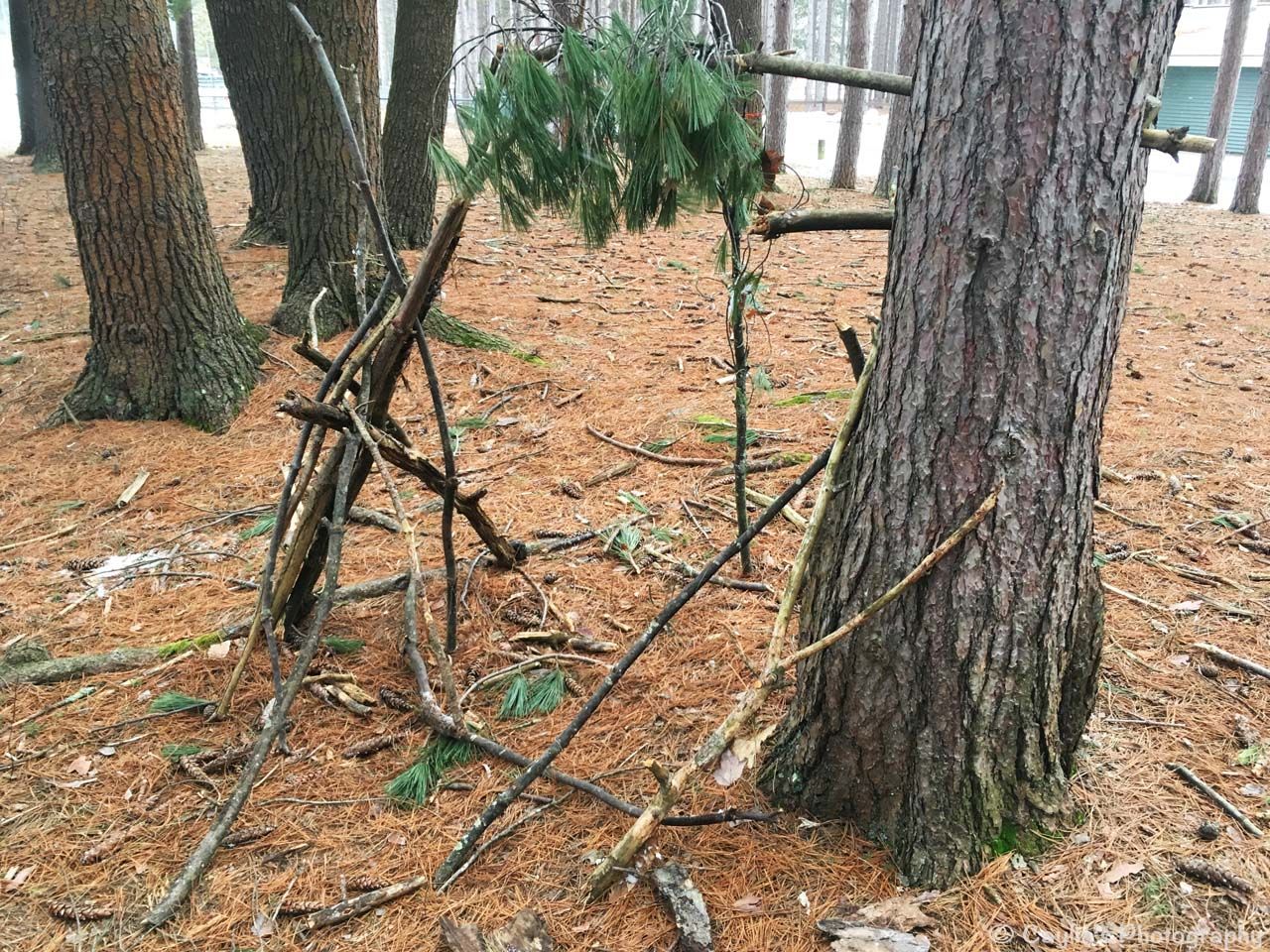
As a result, we’ve been able to stay true to the play-based, learner-led elements of Forest School. We are also held accountable to record how these experiences meet the standards... So, we have developed resources to help us do this by linking our weekly observations to the requirements outlined in the standards. We have found this is actually not that hard to do and, indeed, the play we are observing is very supportive of the standards in many ways! Additionally, the teachers have found ways to link the learning we do outside to lessons in the classroom, so it’s interconnected. We have also integrated evaluation into our programme and are collecting data through observations each week to determine how the programme serves
Next Generation Science Standards as well as Standards for Social and Emotional Learning. The goal is to produce an evaluation report in coming months to help us determine more conclusively how we’ve met the standards.
Next Generation Science Standards as well as Standards for Social and Emotional Learning. The goal is to produce an evaluation report in coming months to help us determine more conclusively how we’ve met the standards.
Communication
For the time being, we are delivering this programme as a partnership between environmental/outdoor educators and kindergarten teachers. This is a relationship that necessitates give and take and open communication. We have built a rapport with each other from all our time in meetings, emailing, and actually delivering sessions together. We have very little “in person” time without the children around and have to take advantage of what little time we have to discuss our observations, victories, and concerns as we progress from week to week. We’ve created channels of communication to help with this, such as shared online planning and observation documents where we can acknowledge each other’s learnings and perspectives even if we’re not in the same room as each other. Completing these documents also gives us the opportunity to continually reflect individually and collectively, which is such a vital and beneficial part of being an educator (and human…).
These tools of communication have given me and my colleague a platform to express what we’ve learned about how to offer unstructured opportunities for children to play, experience risk, and learn in the outdoors. The teachers have appreciated this perspective since it can feel counter to what school and greater educational systems expect and assume is the only way... Equally, we’ve been able to learn from the teachers, to see first-hand the barriers they face, the immense pressure they are under, and the stresses they endure day-to-day as they do their very best to care for the children in their charge. Their courage and tenacity are truly admirable.
Gratitude ❤️
We all still have so much to learn as we continue this work and I am also deeply proud of how far we have come. Through hard work, determination, resourcefulness, and some creative thinking we have managed to enable 45 kindergarten children to explore the forest each week, during the school day. I want to acknowledge the amazing teachers, paraeducators, one-to-one support staff, the school principal, parents, my fellow colleague, the children themselves, the forest, and many others who continue to contribute to this project. I have deep respect and gratitude for all the extra time and energy many have dedicated to make our programme possible. So here’s to more adventures outdoors! And more stories to come soon...
References:
Edelblut, F. (2018, August 13). Play-Based Kindergarten. New Hampshire Department of Education. Retrieved from https://www.education.nh.gov/standards/documents/play-based-kindergarten.pdf
More Posts
WANT TO GET FOREST SCHOOLED TOO?
Subscribe to my email letters, something special from me to you so we can learn together. Each one is filled with heart-felt stories from the forest, resources you may find useful, and things that hopefully bring a smile too.
Thank you!
© by FOREST SCHOOLED
